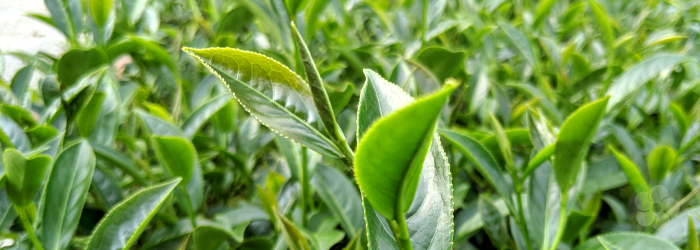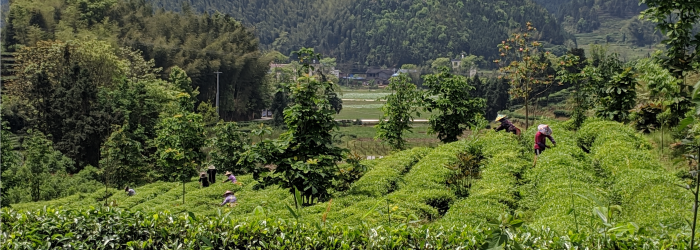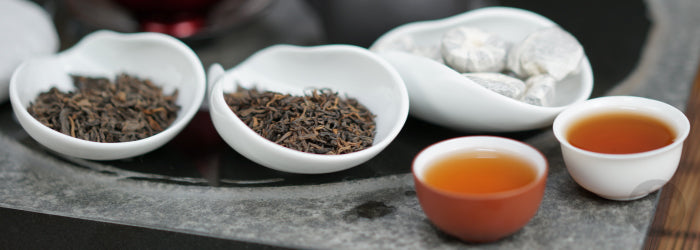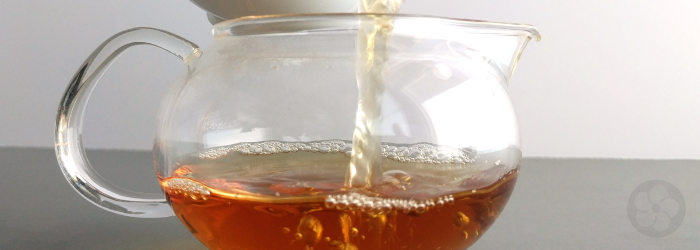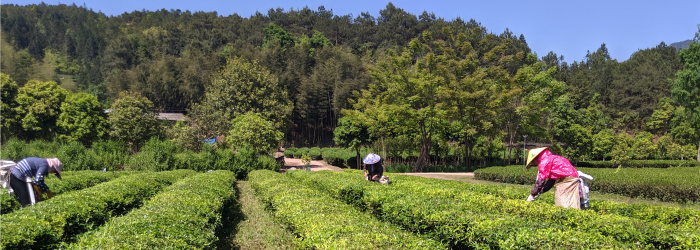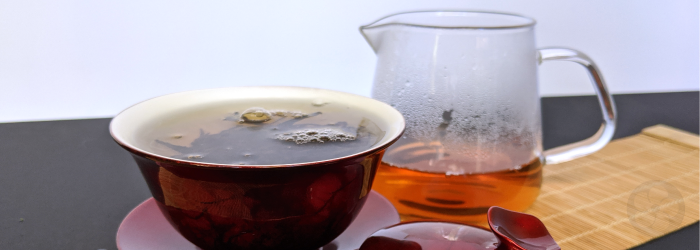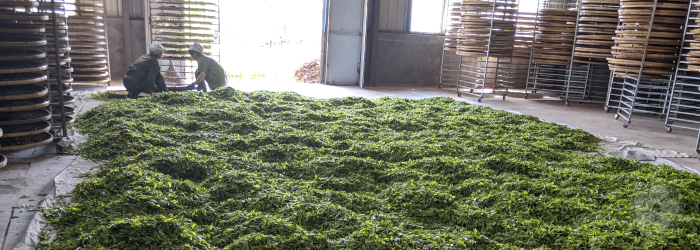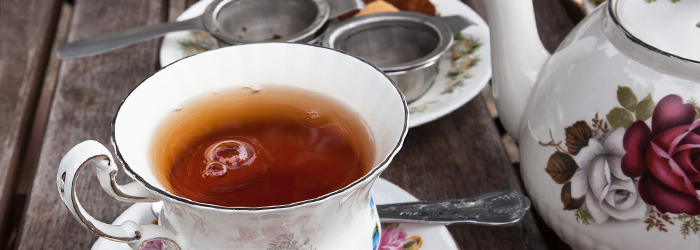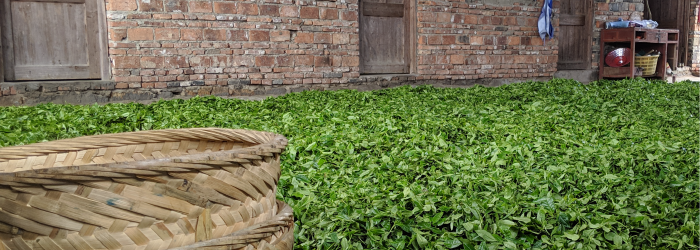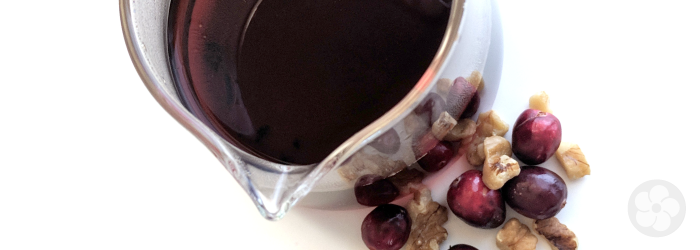Also known as Dongfang Meiren (“Eastern Beauty”), Bai Hao Oolong (“White Tip Oolong”) and Pengfeng Cha (“Braggart’s Tea”), Oriental Beauty is a unique and famous tea. Traditionally, it is grown in Hsinchu County, in the north of Taiwan. Here, the mountains give way to rolling hills, and the mild climate is ideal for growing tea. It’s probable that immigrants from the Chinese mainland started planting tea bushes here in the Ming Dynasty, and possible that these first bushes included the variety that would become Oriental Beauty.
It was not until 1933 that Oriental Beauty was introduced to the commercial market, after winning accolades in a tea competition. At the time, the Taiwanese government was making an effort to increase the quality of tea for export, and tea competitions were a fantastic way for them to reward farmers for making high quality tea. Buyers of the first batch of Oriental Beauty included the governor's office, and the tea fetched such high prices that the proud farmer’s boasts inspired the name “Braggart’s Tea”.
Continue reading


